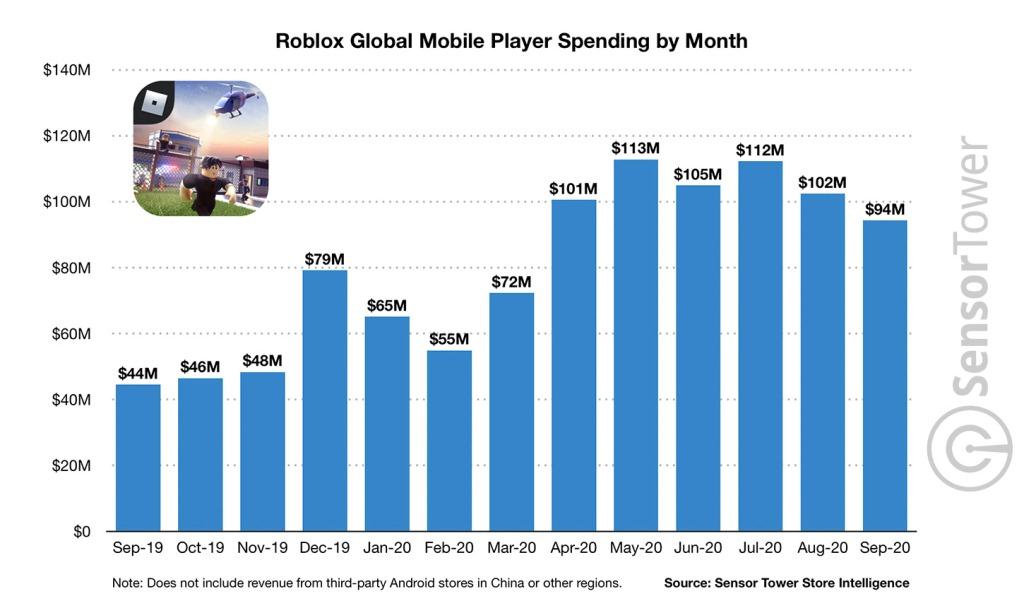Shopify's Lifetime Revenue Share Model: Impact On Developers

Table of Contents
Financial Implications of Shopify's Lifetime Revenue Share Model for Developers
Shopify's lifetime revenue share model offers a compelling proposition for developers: a share of the recurring revenue generated by their apps for as long as they remain active on the Shopify app store. This differs from models where developers receive a one-time payment or a smaller percentage of sales. Let's break down both the opportunities and challenges:
Potential for High Earnings and Recurring Revenue
The most significant advantage of this model is the potential for substantial and recurring revenue. Instead of a single payout, developers receive a percentage of monthly or annual subscription fees, creating a stable income stream. This is particularly beneficial for apps offering subscription-based services or premium features. Successful apps can generate significant passive income over time.
- Examples: Imagine an app automating social media marketing for Shopify stores. With thousands of subscribers paying a monthly fee, the recurring revenue can be substantial. Similarly, an app offering advanced analytics or inventory management can command a premium price, leading to high lifetime revenue.
- Key to Success: Building a high-quality, user-friendly, and indispensable app is critical. Apps that solve real problems for Shopify merchants are more likely to attract and retain subscribers, maximizing long-term revenue.
Challenges of Maintaining Long-Term Revenue
While the potential for high earnings is undeniable, maintaining this revenue requires significant ongoing effort.
- Competition: The Shopify app store is fiercely competitive. Developers must continually update their apps to remain relevant and appealing, combating churn and staying ahead of the competition.
- App Maintenance & Updates: Bugs, security vulnerabilities, and evolving Shopify APIs necessitate ongoing maintenance and updates, incurring development costs. Failing to do so risks losing users and revenue.
- Churn: Customer churn is a significant factor. Developers need to implement strategies to retain subscribers, such as providing excellent customer support, regular updates, and valuable new features.
- Marketing & Development Costs: Marketing your app to reach potential customers and funding development are ongoing expenses that need to be factored into your financial planning.
Understanding Revenue Share Percentages and Payment Structures
Shopify's revenue share percentages vary depending on factors such as the app's pricing model and the type of revenue generated. It's crucial to carefully review Shopify's Partner Program documentation to fully understand the specific terms. This understanding is paramount before investing heavily in app development.
- Transparency: Shopify strives for transparency, but it's essential to clarify all aspects of revenue sharing before launching your app.
- Potential Changes: Be aware that the revenue share model might evolve over time. Stay informed about any updates to the program terms and conditions.
- Comparison with Other Platforms: Unlike some platforms that take a larger cut of app sales, Shopify's model allows for a more significant share of revenue to the developer.
Impact on Developer Strategies and Business Models
Shopify's lifetime revenue share model significantly influences how developers approach their strategies and build their businesses.
Focus on Recurring Revenue and Subscription Models
The model strongly encourages the development of apps with subscription-based features. This strategy offers long-term stability and predictable income.
- CLTV: Maximizing Customer Lifetime Value (CLTV) becomes crucial. Strategies to increase CLTV include offering premium features, providing excellent customer support, and building a loyal community.
- Subscription Models: Explore different subscription tiers to cater to various user needs and budgets. This can significantly boost revenue and user retention.
Importance of App Marketing and Customer Acquisition
Even with a compelling app, successful revenue generation requires effective marketing and customer acquisition.
- SEO: Optimize your app's listing for relevant keywords to improve its visibility within the Shopify app store.
- Social Media: Use social media to reach potential customers and build a community around your app.
- Paid Advertising: Consider paid advertising campaigns to boost your app's visibility and reach a wider audience.
- Target Audience: Deeply understanding your target audience and their needs is crucial for successful marketing.
Long-Term Sustainability and App Development Planning
Building a sustainable business around a Shopify app demands meticulous planning.
- Scalability: Ensure your app can handle growth in users and transactions without performance issues.
- Future Updates: Plan for future updates, features, and potential challenges to maintain relevance and customer satisfaction.
- Sustainable Business Model: Develop a robust business model that considers all aspects of development, marketing, and maintenance.
Comparison with Alternative App Store Models
Compared to Apple's App Store or Google Play Store, Shopify's model offers a more direct and potentially lucrative revenue stream for developers focused on recurring subscriptions. Other platforms often have higher transaction fees or more complex revenue-sharing structures. The key difference lies in the emphasis on long-term partnerships and the direct relationship between developers and Shopify merchants.
Conclusion: Navigating Shopify's Lifetime Revenue Share Model for Success
Shopify's lifetime revenue share model presents a significant opportunity for developers to build sustainable and profitable businesses. However, it also demands careful planning, strategic marketing, and ongoing commitment to app development and maintenance. Understanding the financial implications, leveraging recurring revenue models, and consistently adapting to market dynamics are critical for success. To thrive in this ecosystem, carefully consider the implications of Shopify's lifetime revenue share model before embarking on development. Explore Shopify's developer resources and documentation to optimize your app's potential and maximize your returns from this rewarding but competitive marketplace.

Featured Posts
-
 Patrick Schwarzenegger Cruising La In His Vintage Bronco
May 06, 2025
Patrick Schwarzenegger Cruising La In His Vintage Bronco
May 06, 2025 -
 Complete Schedule 2025 Nba Conference Semifinals Playoffs
May 06, 2025
Complete Schedule 2025 Nba Conference Semifinals Playoffs
May 06, 2025 -
 Copper Prices Surge Amidst China U S Trade Talks
May 06, 2025
Copper Prices Surge Amidst China U S Trade Talks
May 06, 2025 -
 Polski Nitro Chem Lider W Produkcji Trotylu W Europie
May 06, 2025
Polski Nitro Chem Lider W Produkcji Trotylu W Europie
May 06, 2025 -
 Timnas U20 Indonesia 0 0 Yaman Peringkat Tiga Terjamin
May 06, 2025
Timnas U20 Indonesia 0 0 Yaman Peringkat Tiga Terjamin
May 06, 2025
